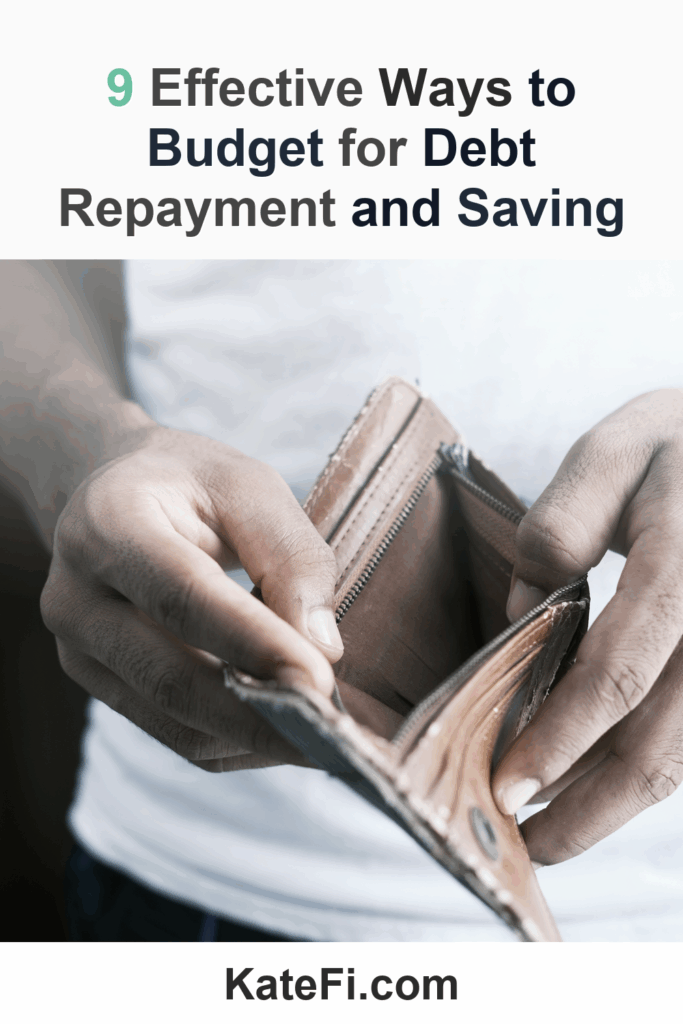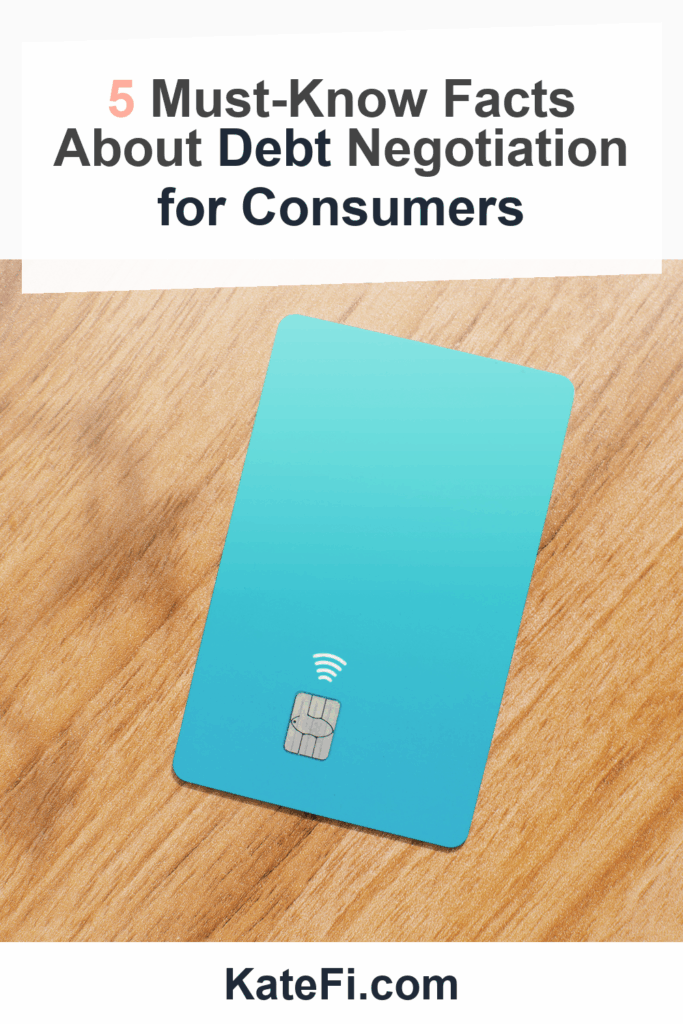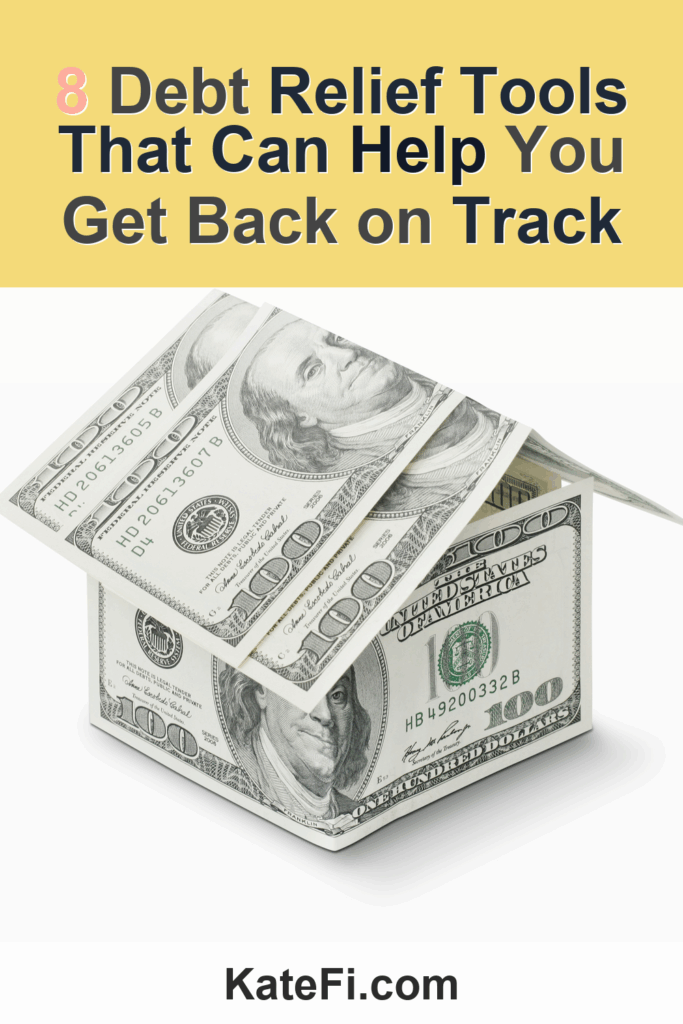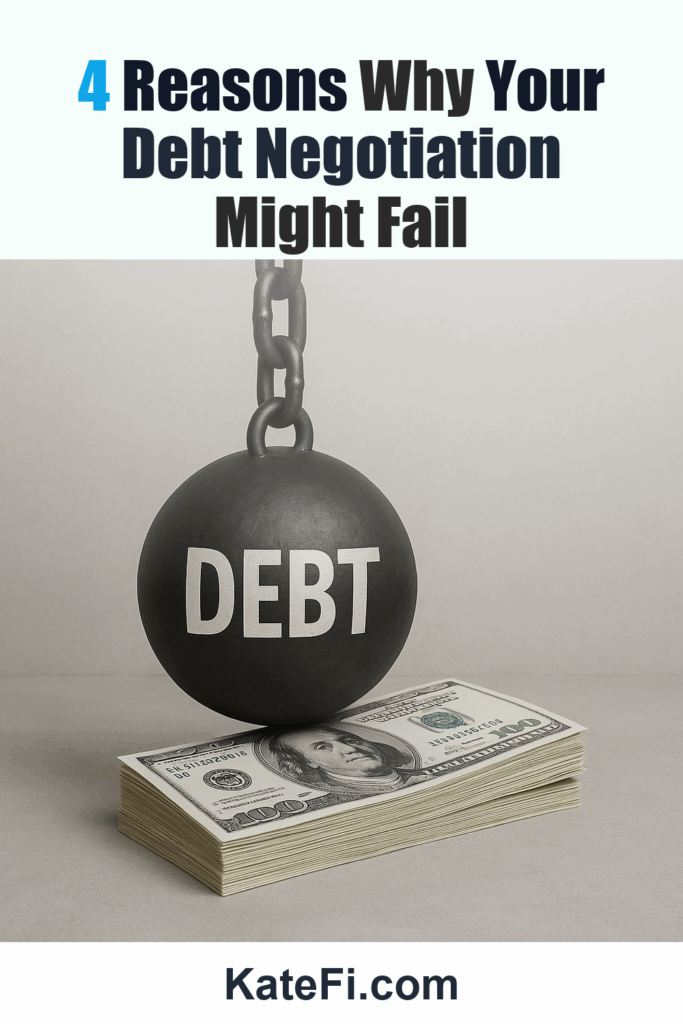The True Cost of Debt: 4 Ways Debt Relief Can Save You Money
In an era where household debt levels have reached staggering heights, the financial landscape has become a minefield for many individuals and families. With rising inflation rates and fluctuating interest levels, the burden of debt is often heavier than one realizes. According to the Federal Reserve, U.S. household debt surpassed $16 trillion in 2023, impacting millions and prompting many to seek debt relief options. If you’re among those struggling with overwhelming debt, understanding the true cost of debt and exploring potential relief options could lead to significant savings. Let’s dive into the four ways debt relief can not only help alleviate financial strain but also save you money in the long run.
Love our content? Show your support by following us — pretty please!🥺
FOLLOW ON PINTEREST
Hi! I’m Kate, the face behind KateFi.com—a blog all about making life easier and more affordable.
1. Lowering Monthly Payments
Lower Your Unsecured Debt
If you have $5,000+ in credit card or personal loan debt, a free consult can review options like settlement or hardship plans.
- One-on-one call to review your debts and goals
- See potential monthly payment reductions
- No obligation to enroll
Not available in IL, KS, OR, TN, UT, WV.
When you’re grappling with multiple debts, high monthly payments can feel like a weight around your neck. This is especially true for those who have amassed credit card debt, personal loans, or medical bills. High-interest rates can compound your financial troubles, causing you to pay far more than the original loan amount over time.
Debt relief programs can significantly reduce these monthly payments by negotiating with creditors on your behalf. Many services work to consolidate your debts into a single, lower payment, making budgeting simpler and more manageable. For example, someone paying $500 a month on multiple credit cards could potentially lower their payments to just $300 or even less, depending on the negotiation outcomes.
✅ See If You Qualify for Debt Relief
2. Reducing Total Debt Owed
What You’ll Learn on the Call
- Estimated timeline and monthly payment range
- How credit may be affected in the short term
- What documents to gather to move faster
Not available in IL, KS, OR, TN, UT, WV.
Many people are surprised to learn that debt relief isn’t just about restructuring payments; it can also mean reducing the total amount you owe. Through programs such as debt negotiation, creditors may agree to settle for less than the full balance you owe, especially if they believe you may not be able to pay the full amount.
Consider this: If you owe $10,000 in credit card debt and through a debt relief program, you negotiate it down to $7,000, you’ve effectively saved $3,000. While not every negotiation leads to such outcomes, it’s a potential that many find immensely helpful.
3. Preventing Further Financial Pitfalls
👉 Start Your Free Debt Relief Review
Not available in IL, KS, OR, TN, UT, WV.
When you’re overwhelmed by debt, it can be tempting to borrow more or rely on high-interest loans to stay afloat. This cycle often leads to even greater financial strain. However, entering a debt relief program can provide a structured way out of the cycle of borrowing and repayment. By consolidating your debts and committing to a repayment plan, you create a more sustainable financial path.
Moreover, when debts are effectively managed or eliminated, you’re less likely to face issues like bankruptcy or foreclosure, both of which can have lasting impacts on your credit report and future financial opportunities.
4. Impact on Credit Score: A Double-Edged Sword
Understand pros/cons of settlement vs consolidation vs DMP for your exact mix of debts.
Not available in IL, KS, OR, TN, UT, WV.
While it may seem counterintuitive, pursuing debt relief can actually have a long-term positive impact on your credit score—provided it’s done correctly. Yes, initially, your credit score may take a hit when you stop making payments on your debts or enter a debt relief program. However, once you start making consistent, lower payments, your credit utilization ratio improves, potentially benefiting your score over time.
To maximize your credit recovery post-debt relief, it’s crucial to manage your remaining debts responsibly. For example, if you have a secured loan that you are still paying off, ensuring timely payments can improve your overall credit health.
For a faster review process, gather the following documents:
- Your latest credit report
- Statements for all current debts
- Income verification (pay stubs, tax returns)
- Monthly budget overview
Practical Checklist for Debt Relief
If you’re considering debt relief, having a clear plan can set you up for success. Use this checklist as a guide:
- Evaluate Your Debts
List all your debts, including balances and interest rates.
- Assess Your Income
Determine your monthly income and any other sources of funds.
- Create a Budget
Outline essential expenses to understand how much you can allocate towards debt repayment.
- Research Options
Explore different debt relief programs available, from consolidation to negotiation.
- Contact a Debt Relief Specialist
Schedule a free consultation to discuss your options.
✅ See If You Qualify for Debt Relief
- Gather Documentation
Compile your financial documents to expedite the consultation process.
- Make a Decision
Evaluate your options and select the program that best fits your situation.
Understanding Collector Call Scripts and Validation Letters
As you navigate the world of debt relief, you might find yourself receiving calls from debt collectors. Understanding your rights during these calls is critical. A common tool used in these scenarios is the debt validation letter.
A debt validation letter is a request you can send to a collector, asking them to provide proof that you owe the debt they’re attempting to collect. This can help ensure that you’re dealing with legitimate debts and can sometimes lead to a halt in aggressive collection practices while the debt is being validated.
If you receive a call from a collector, you might respond with a simple script like this:
“Hello, I would like to request a validation letter for the debt you’re contacting me about. Can you provide the details of the original creditor and the amount owed? I need to verify this information before proceeding.”
This script can help you assert your rights while gathering essential information, which could be useful in your discussions with debt relief professionals.
✅ See If You Qualify for Debt Relief
Conclusion: The First Step Towards Financial Freedom
The true cost of debt extends beyond just financial metrics; it affects mental health, relationships, and overall quality of life. With the right debt relief options, you can tackle your financial burden head-on, ultimately saving money and gaining peace of mind.
If you’re ready to take the first step toward financial freedom, getting a free consultation could be your ticket to exploring options tailored specifically to your situation. Remember, each financial journey is unique, and what works for one person might not work for another, so make sure to assess your needs carefully.
Important: This content is for education only—not legal, tax, or financial advice. Results and eligible programs vary by situation and state. Fees apply if you enroll and complete a program. Debt relief can affect credit; missed payments may lead to collections/lawsuits. Not available in IL, KS, OR, TN, UT, WV.
As you navigate the challenging waters of debt, remember that you’re not alone, and there are resources available to help you regain control of your financial future.






















